Earth Part 3/4 - Will there be a planet B?
The most pessimistic probability calculation tells us that there are numerous candidates. Two criteria are used: Can we go there and is it habitable? Especially the first criterion is insoluble. So there may be a planet B, but for us it is not going to be a viable alternative.
Something about an Earth 2.0.
A planet must have many special properties to make life possible. Everything has to be right from start to finish or all the dominoes fall over.
The story Goldilocks is about three bears that live in a house in the woods. They made porridge, and while it cools down, they go for a walk. A girl, named Goldilocks because of her golden blonde hair, walks past their house, sees that it is empty and decides to go inside. She tries out the three chairs, breaking one, and chooses the best chair to sit on. She tries out the three plates of porridge and eats the plate that is best at temperature (not too hot, not too cold, just right). Then she tries out the beds. Only the best bed meets her requirements (not too hard, not too soft, just right) and in it she decides to go to sleep. When the bears come back, they're shocked. They discover that one of the plates is empty, a chair is broken and that someone is sleeping in one of their beds. Out of shame, Goldilocks flees the house never to come back.
The Kepler space telescope discovered a goldilocks planet in July 2015, named Kepler-452b:
- The exoplanet is located in the habitable zone around a star that can be compared to our sun. That sun would be about 6 billion years old and have about the same mass. It would be 10% brighter than our sun.
- The new earth would be rocky and liquid water is possible. She orbits her sun at the same time (in 385 days to be exact). The own rotation time is still unknown. This is not a big problem as possible life can easily adapt to both a shorter than a longer day/night rhythm.
- The size of the new earth is also still unclear. It is certainly larger, possibly up to 60%. In that case, gravity is twice as great as with us, a fact that has a consequence. Perhaps it is impossible to fly on your own muscle strength.
- It is about 1400 light years away. We literally still have a long way to go before we can realize plan B.
- For now, she’s labeled as a bigger and older cousin of our earth. Of all the planets discovered so far, Kepler-452b is the most similar to Earth. Nasa dixit: “This exciting result brings us one step closer to the discovery of an Earth 2.0.” Especially the fact that this planet B is older makes it extremely interesting for the scientists to possibly be able to look into our own future.
But we have to take into account the fact that the planet may already be occupied and then what? Think about how we would react to the arrival of aliens who would politely ask us if they could settle here.
Yet another Earth 2.0.
The TESS space telescope, the successor to the Keppler, discovered another goldilocks planet in January 2021. It was named TOI-700d:
- The newly discovered planet is located about 100 light-years from Earth. That’s relatively close for space concepts.
- The parent star would be significantly smaller than our sun, it is quiet and stable. It is sufficiently powerful. Since the planet is relatively at a short distance, one still speaks of the habitable zone.
- A year, the period it takes a planet to make a circle around its star, lasts 37 days. There would be no seasons and that has consequences for our view of life.
- The scientists think that the planet rotates synchronously with its own rotation around its star. That means that in one hemisphere of the planet there is always daylight and on the other side it is always dark. Of course, that doesn’t really seem ideal either, but it would be bridgeable.
- It would be about 20% larger than the earth, in which case the impact on gravity is relatively limited and our birds could still fly there.
- The James Webb Space Telescope, which will be operational around June 2022, will be tasked with investigating the atmosphere. On this result will depend whether life is possible.
- There are two other planets orbiting the same star, but they are not in the habitable zone. They may have helped to clean up flying space debris, which in turn reduces the chance of fatal impacts on the targeted planet.
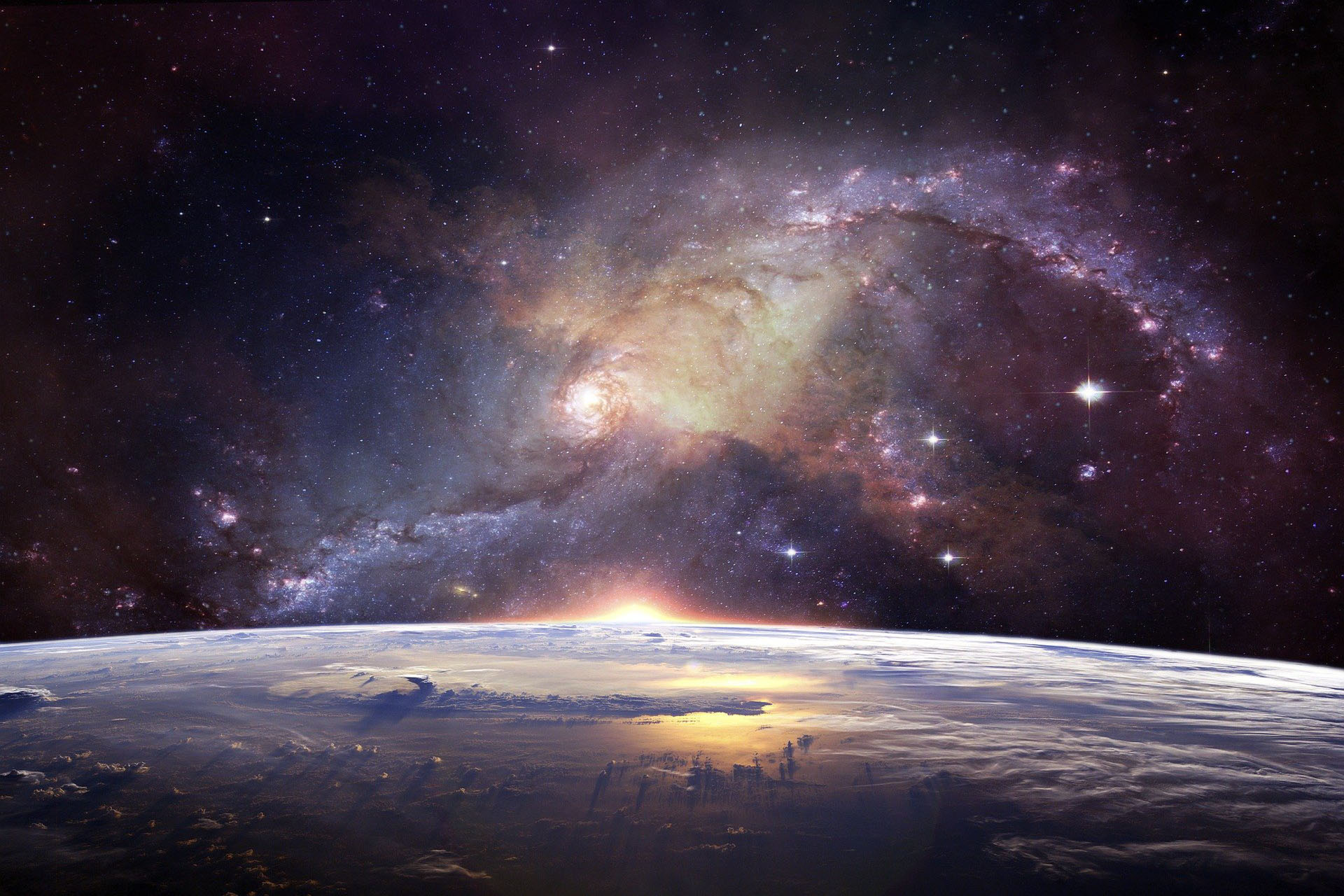

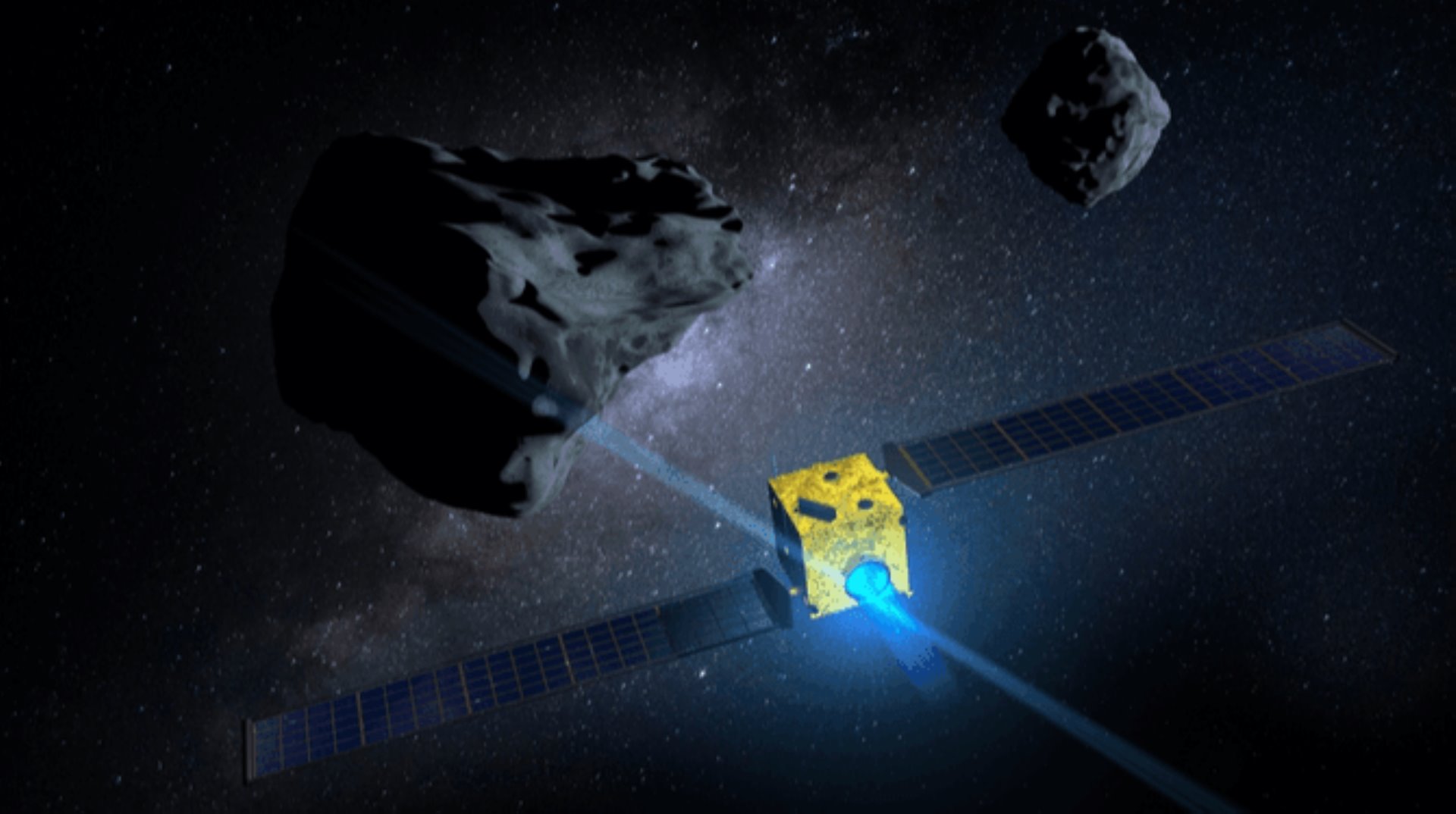
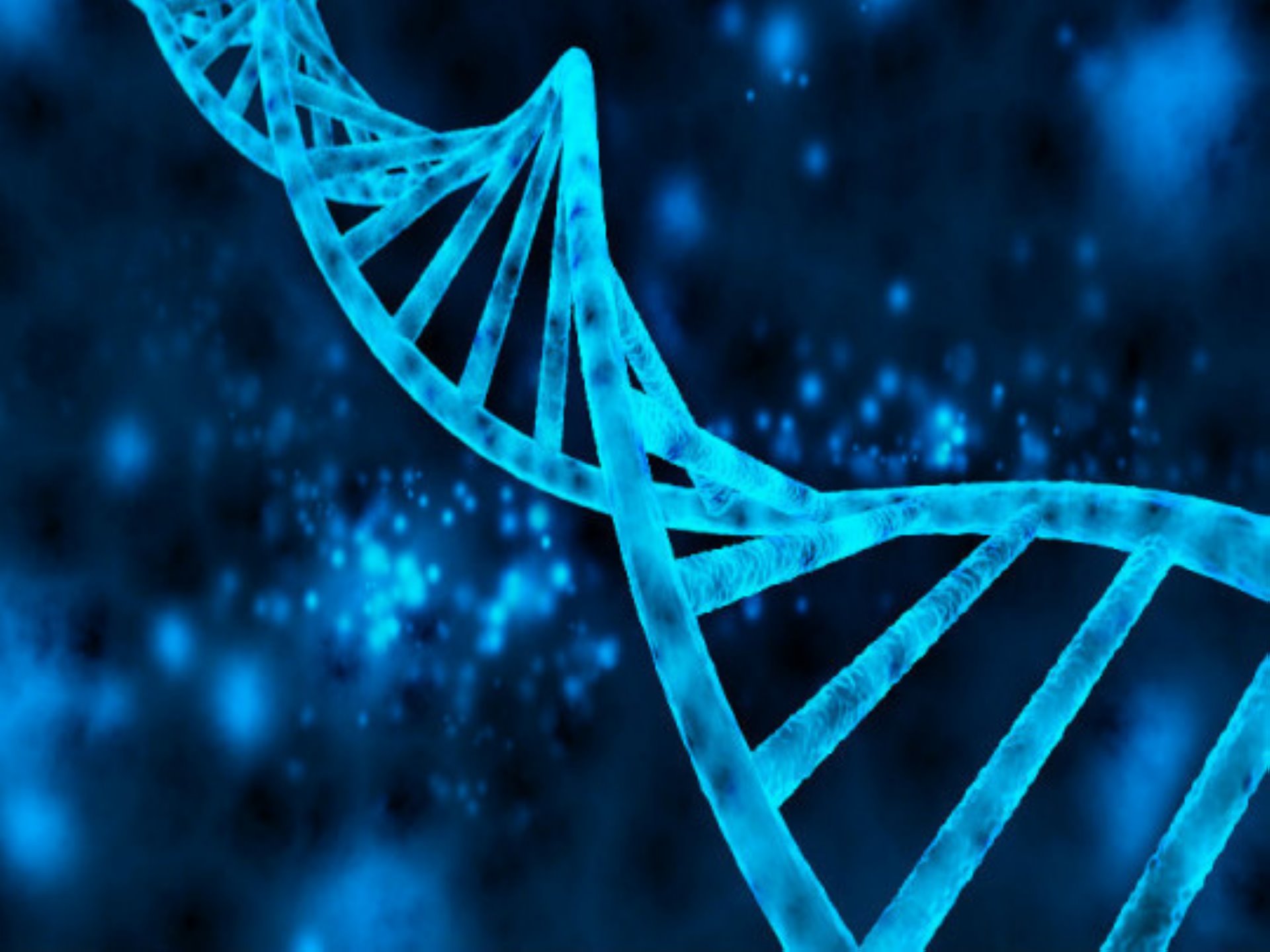
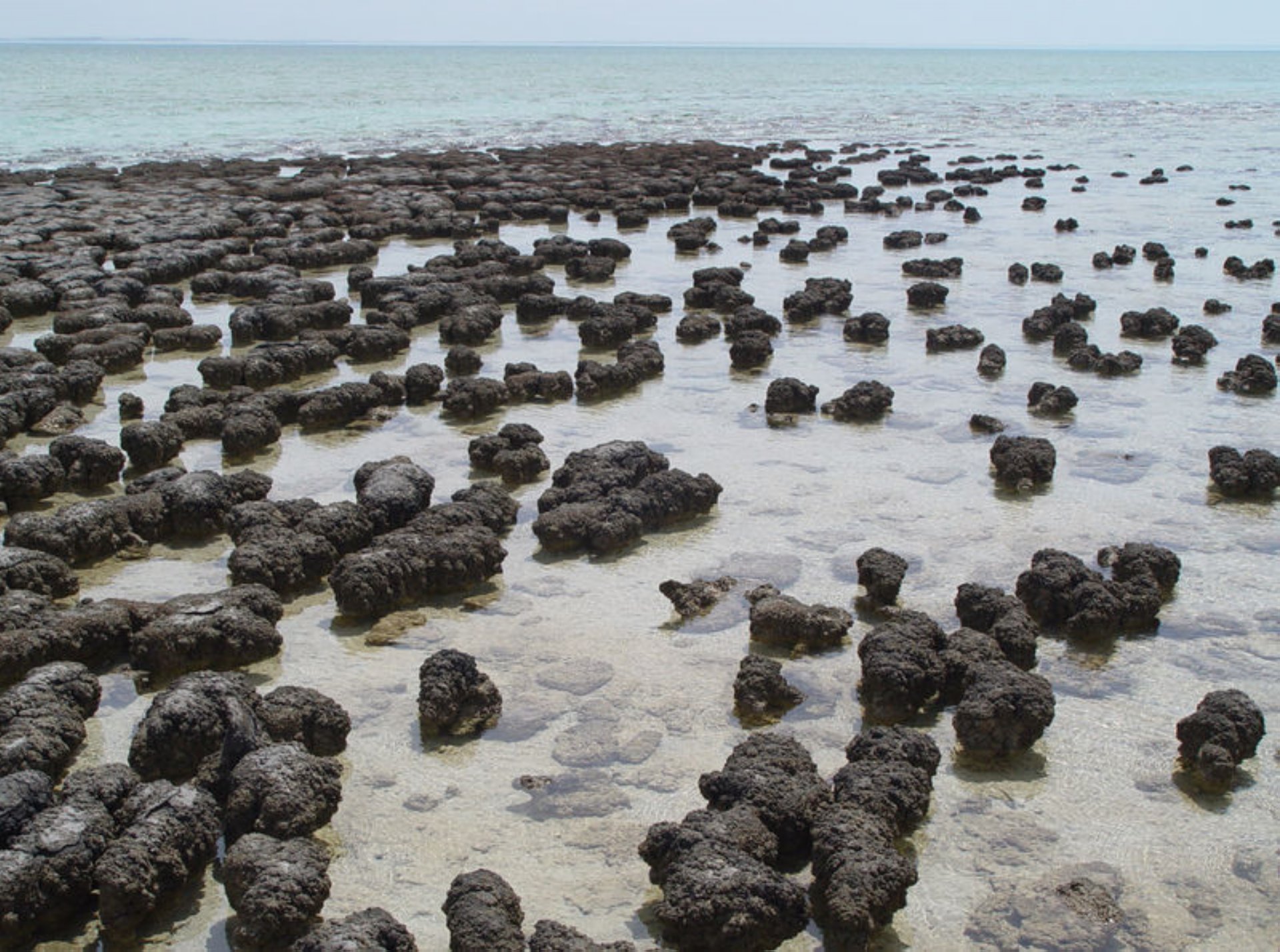
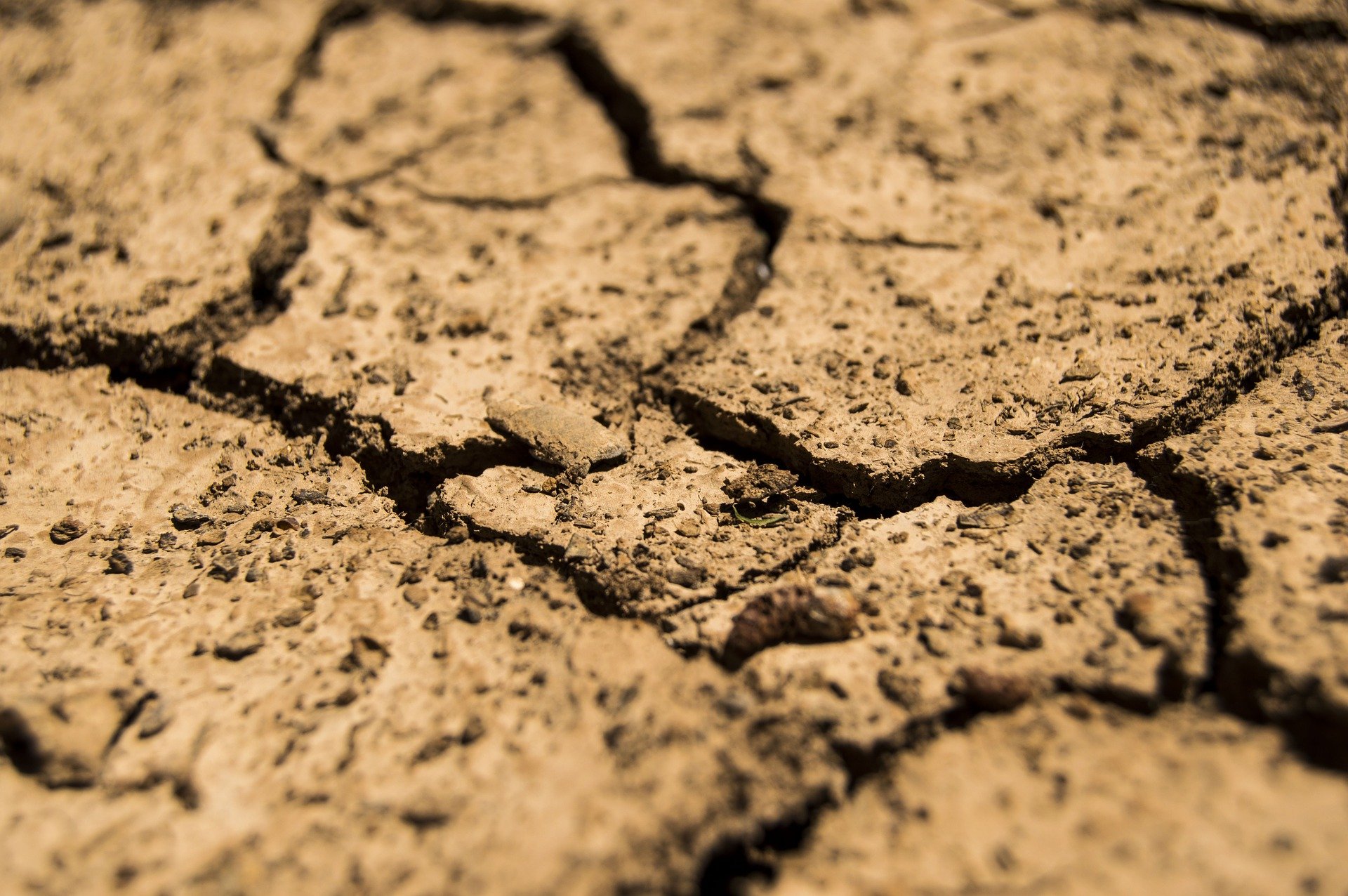
Comments